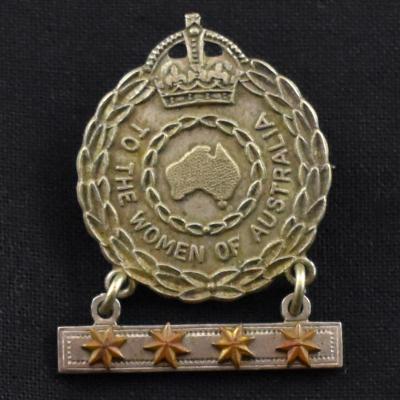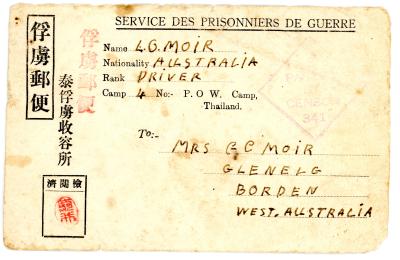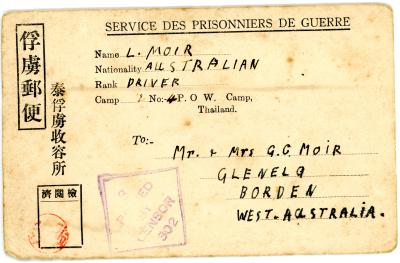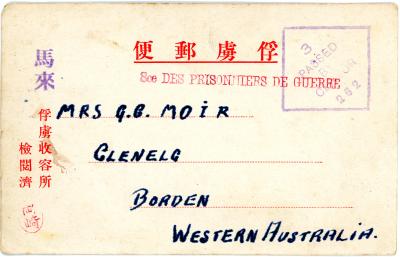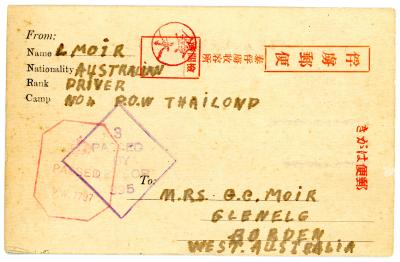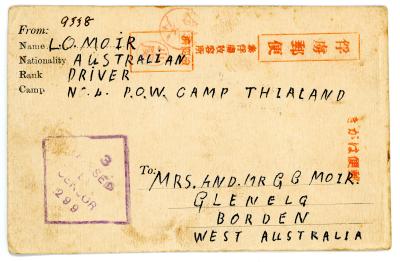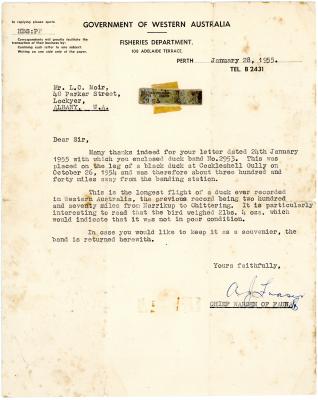Second World War M1 Carbine Semi-Automatic Rifle
c. 1942 - 1944M1 Carbine Rifle manufactured by Winchester Repeating Arms
Of all the small arms developed and used by the U.S. during the Second World War, one of the most produced was the M1 carbine. From the men who designed it to the various manufacturers that made it, it serves as a prime example of speedy engineering and wartime mass production by U.S. industry during the 1940s. One of the men responsible for the development of the design that would later become the M1 carbine was David Marshall Williams, who had been convicted for the death of a sheriff's deputy. Serving out his sentence, Williams worked out the fundamentals of the short-stroke piston system that would later be used in the M1 carbine. His work at the time also garnered attention from several firearm manufacturers, including Winchester Repeating Arms, which hired him in 1938. That design became the basis for what would, eventually, become the M1 rifle—commonly called the “Garand” after its inventor, John Cantius Garand.
Weighing in under 6 lbs., loaded, and feeding from a detachable magazine, the M1 carbine was not intended as a front-line combat rifle, but rather as a suitable arm for those not intended to be in the front lines or who would be hampered by the weight of the 9-lb. M1 rifle in their tasks, like cooks, MPs, mortar men and medics. Despite this, the M1 carbine did make its way to the front lines during the Second World War, where it proved to be a light and easily controllable combat arm.
The letters “WRA GHD” stamped on an M1 stock indicate that the stock was manufactured by Winchester and accepted by ordnance inspector Guy H. Drewry. The “GHD” cartouche, for Col. Guy H. Drewry, is the most commonly found on Winchester M1s. The serial number 1028994gives a production date between 09/42 – 02/44
The story known about this particular rifle is that it was used by a U.S. soldier but was captured by the Japanese, then recaptured by Australian soldiers. On the handle are Japanese inscriptions, whilst on the strap there is the name R. STRAUSS VX 114111. Captain Ray William STRAUSS VX 114111 served in the 42nd Australian Infantry Battalion including at Bougainville PNG.
Details
Details
On receiver bottom “WINCHESTER / Trademark / 1028994”
At top “U.S. CARBINE / CAL 30”
On stock “W.R.A / G.H.D” in a box next to ordinance stamp of crossed cannons dates rifle to 1943 with various Japanese characters.
On barrel flaming bomb logo with “W.R.A / 2-43”
On strap hand-written “VX 11411 R STRAUSS”
Open in Google Maps
Nearest geotagged records:
- Invalid Cup (0km away)
- Peter LONEY Letter (0km away)
- Ellis SILAS Water Colour Painting (0km away)
- Engraved Japanese Water Bottle belonging to Robert George Staunton RENNIE WX7493 (0km away)
- Enlistment Poster (0km away)
- W. D. & H. O. Wills Lace Flag Cigarette Cards (0km away)
- First world War Picture Postcard (0km away)
- Photograph of the Japanese surrender to Australia on 13 September 1945. (0km away)
- Engraved Tin given to Major Arthur Robinson HOME WX11151 (0km away)
- Martini-Henry action (0km away)
Nearby places: View all geotagged records »
Princess Royal Fortress Military Museum
Princess Royal Fortress Military Museum
Other items from Princess Royal Fortress Military Museum
- QEII Royal Australian Regiment Brass Hat Badge
- Second World War Female Relative Badge
- First World War Kitchener's Command Medallion
- Second World War POW Postcard from Pte. Lloyd Owen MOIR WX9338
- Second World War POW postcard
- Second World War POW postcard
- Second World War POW postcard
- Second World War POW postcard
- Second World War POW postcard
- Second World War 'Form of Service' booklet
- Black and white photograph of 2/4th Machine Gun Battalion
- Letter from W.A. Fisheries Department
Scan this QR code to open this page on your phone ->

